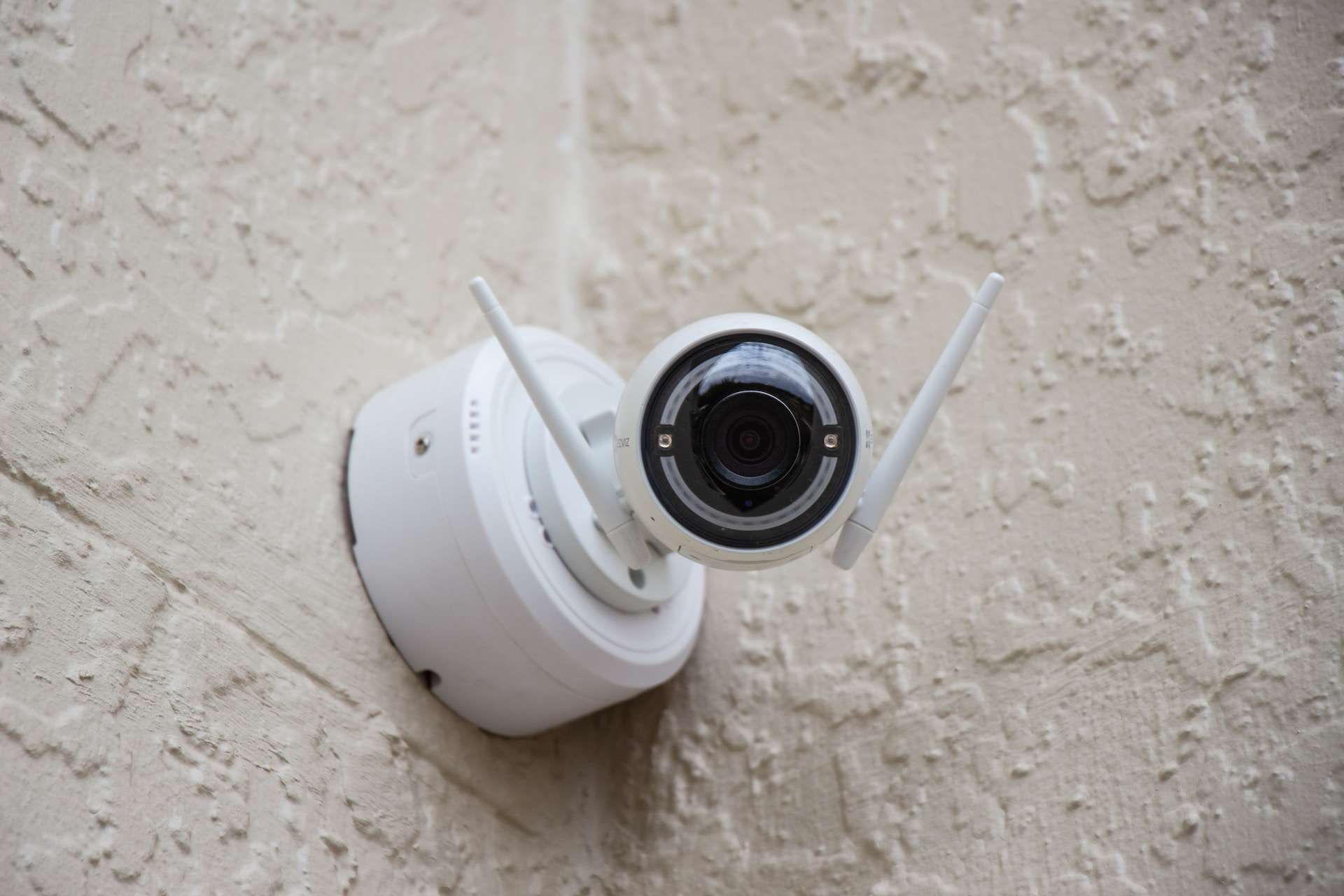Creating a safe and secure home environment is a top priority for homeowners. A well-designed and properly installed security system provides peace of mind and protects your property and loved ones. Suppose you’re considering setting up a security system for your home. In that case, this comprehensive guide will walk you through the key steps and considerations to ensure an effective and reliable security setup.
Assess Your Security Needs
Before diving into the setup process, assessing your specific security needs is important. Start by identifying vulnerable areas of your property, such as entry points, windows, and backyard. Consider the local crime rate, neighborhood characteristics, and previous security incidents. This assessment will help you determine the type and level of security measures required for your home.
Once you understand your security needs, it’s time to select the appropriate components for your security system. Various options are available, depending on the level of protection you require. For instance, alarm systems provide audible alerts for a breach or unauthorized entry. They typically consist of sensors for doors, windows, and motion detection. Choose a reliable alarm system with options for customization and integration with other security system components, then have your trusted electrician install them. Also, surveillance cameras are crucial in deterring potential intruders and providing visual evidence in the event of a security breach. Decide whether you need indoor, outdoor, or both types of cameras, and consider features like resolution, field of view, night vision, and remote monitoring capabilities.
Plan the Placement of Security Devices
Strategic placement of security devices is essential for maximizing their effectiveness. Position cameras at key entry points and areas with high foot traffic. Ensure they have a clear view and adequate lighting. Cover blind spots and vulnerable areas like driveways, backyards, and side entrances. Install door and window sensors at all entry points—place motion sensors in areas where they can detect movement across key pathways inside your home. Install access control devices at entry points or locations requiring restricted access, such as home offices or storage areas.
Set Up the System
Now that you have chosen your security system components and planned their placement, it’s time to set up the system. Follow the manufacturer’s instructions to install and mount cameras. Ensure they have a stable power source and a reliable network connection—configure camera settings, including resolution, motion detection, and remote access. Install sensors on doors, windows, and motion detection areas according to the manufacturer’s instructions. Connect the control panel to power and test the system to ensure proper functioning.
Connect to Monitoring and Notification Systems
If you opt for professional monitoring services, contact the service provider to set up your account and connect your security system to their monitoring center. Provide them with the necessary information, such as emergency contacts and special instructions. Additionally, configure your security system to send notifications to your smartphone or email in case of security breaches or system malfunctions. This lets you stay informed and take immediate action, even if you’re away from home.
Setting up a home security system requires careful planning, component selection, and strategic placement. By assessing your security needs, choosing the right components, planning their placement, and connecting to monitoring services, you can create a robust and effective security system for your home. Regular testing and maintenance, along with additional security measures, will help ensure the continued effectiveness of your security system. By taking these steps, you can protect your home, belongings, and loved ones, providing peace of mind and a secure living environment.
